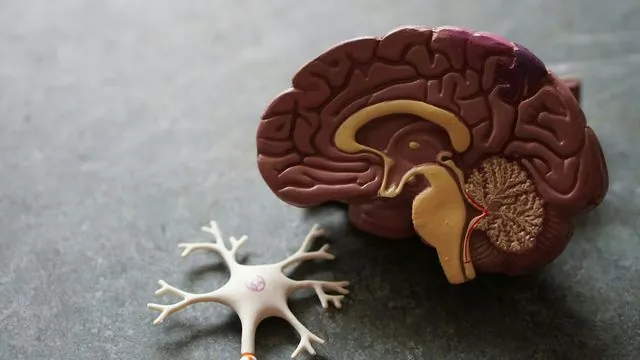
Breakthrough Study Uncovers Neuron-Glioma Connections, Paving the Way for New Treatment Strategies
2024-12-06
Author: Yu
Introduction
In a groundbreaking study, researchers from Harvard Medical School have delved into the complex relationship between neurons and gliomas, the most prevalent form of brain cancer, which includes the notoriously aggressive glioblastoma. Neuro-oncologist Dr. Annie Hsieh, who treats patients afflicted by this devastating disease, has long sought to understand why gliomas frequently recur, not just at their original locations, but also in remote areas of the brain.
The Challenge of Glioma Recurrence
Traditionally, after surgical removal of a glioma, the tumor may seem eradicated. However, gliomas are renowned for their ability to return, complicating treatment outcomes and posing serious threats to neurological health and survival. This persistent challenge has stumped researchers for years, prompting Dr. Hsieh and her team to investigate the underlying mechanisms driving glioma growth and spread.
Research Findings
In their latest findings published in the Proceedings of the National Academy of Sciences, Dr. Hsieh and her collaborators have unveiled important insights into the types of neurons that connect to gliomas. Using innovative techniques, they profiled glioma-innervating neurons in mouse models, shedding light on how these neurons contribute to tumor dynamics and suggesting potential new avenues for treatment.
"This research provides a crucial visual explanation for the pervasive nature of these tumors," Dr. Hsieh said. "We can now trace the origins of neurons that interact with gliomas, study their integration, and identify novel intervention points to potentially halt tumor growth."
Innovative Techniques
Historically, one of the significant hurdles in studying gliomas has been the difficulty in visualizing the specific neurons associated with these tumors. By employing a modified rabies virus that highlights targeted neuron populations, the research team successfully illuminated the neuron pathways leading to glioma cells in the mouse models, revealing a network of connections that gliomas exploit to propagate.
Neuron-Glioma Interactions
The findings indicate that gliomas utilize existing neuronal pathways rather than forming new ones. "The connections are all there; gliomas simply hijack them," Dr. Hsieh explained, emphasizing the tumors' insidious ability to tap into the brain's wiring systems.
Diverse Neuronal Types
Examining the types of neurons involved, the researchers discovered that many of the glioma-innervating neurons primarily produce glutamate, a neurotransmitter known to stimulate neuronal activity and promote tumor growth. Additionally, certain subsets of these neurons exhibited characteristics of creating both glutamate and GABA, another neurotransmitter that generally inhibits nerve activity. The presence of such diverse neuronal types could have significant implications for tumor behavior, warranting further investigation.
Conclusion and Future Directions
Dr. Hsieh pointed out the urgency of developing effective glioma treatments, as many existing therapies have failed to yield success when applied to this type of cancer. The scientists aspire to understand the drivers behind neuron-glioma interactions better, aiming to discover unique mechanisms that could be targeted to disrupt their communication and thereby prevent tumor recurrence.
Although translating these laboratory findings into clinical applications will take years, Dr. Hsieh remains hopeful. "This research is just the beginning, but it’s a step forward. We are inching closer to possible therapeutic interventions," she affirmed.
Significance of Research
These promising breakthroughs highlight the critical intersection of neuroscience and oncology, with the potential to reshape approaches to combating one of the most challenging cancers known to medicine. As researchers unravel the complexities of glioma-neuron interactions, the future may hold new hope for patients facing this formidable disease.
Stay tuned for more updates as this research progresses, and explore how further advancements in the understanding of glioma may lead to cutting-edge treatment options in the near future!



 Brasil (PT)
Brasil (PT)
 Canada (EN)
Canada (EN)
 Chile (ES)
Chile (ES)
 España (ES)
España (ES)
 France (FR)
France (FR)
 Hong Kong (EN)
Hong Kong (EN)
 Italia (IT)
Italia (IT)
 日本 (JA)
日本 (JA)
 Magyarország (HU)
Magyarország (HU)
 Norge (NO)
Norge (NO)
 Polska (PL)
Polska (PL)
 Schweiz (DE)
Schweiz (DE)
 Singapore (EN)
Singapore (EN)
 Sverige (SV)
Sverige (SV)
 Suomi (FI)
Suomi (FI)
 Türkiye (TR)
Türkiye (TR)